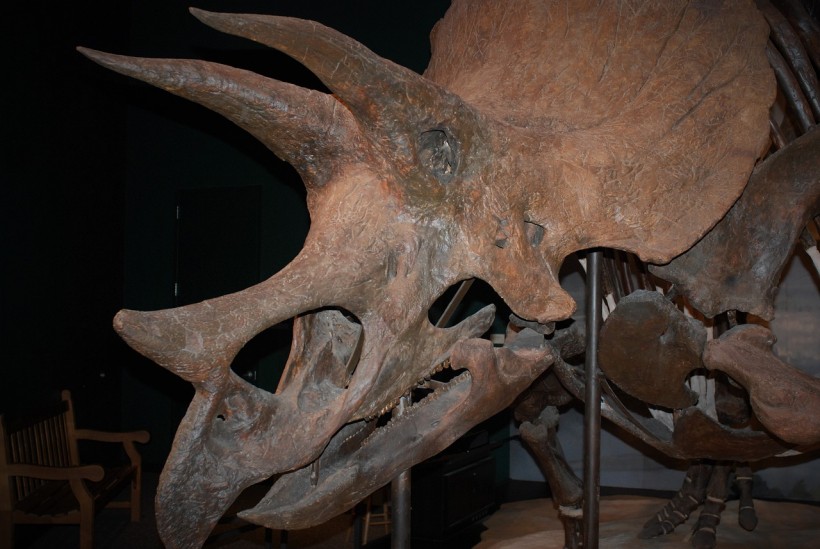Dinosaurs once roamed ancient North America before their extinction around 66 million years ago. However, the last 10 million years of the Late Cretaceous period in the sub-continent was home to the world’s most famous dinosaurs, including the apex predator tyrannosaurs, ankylosaurs, pachycephalosaurs, triceratops, and hadrosaurs, according to the National Park Service (NPS).
Now, a new study revealed the discovery of a new dinosaur species, called Lokiceratops rangiformis, whose fossil was unearthed in northern Montana, United States. Based on the June 2024 research paper, the fossilized remains of the ancient Montana dinosaur was found in a region along the US-Canada border. Researchers describe the prehistoric animal of possessing two large blade-like horns on its head.
The discovery reinforces evidence that dinosaurs lived during the Late Cretaceous western North America. Particularly, it shows the complexity and biodiversity among local dinosaur populations in Montana and its surrounding regions approximately 78 million years ago. The exhumed dinosaur fossil also opens the possibility that L. rangiformis may had also existed in other parts of ancient Earth.
Ancient Montana Dinosaur

Findings about the discovery of the ancient Montana dinosaur were published in the journal PeerJ on Thursday, June 20, wherein researchers describe the animal as “remarkable” for various reasons, including its unique appearance. The fossil of the horned dinosaur was excavated in the northern Montana Badlands, which is close to the border between southwestern Canada and the northwestern US.
The authors of the study classified Lokiceratops rangiformis as a new centrosaurine ceratopsid, whose ancient remains were exhumed from the lower part of the McClelland Ferry Member of the Judith River Formation in the region of Kennedy Coulee along the said border. The discovered specimen also confirms the richness of ceratopsid, whose members were quadrupedal dinosaur species, in the region.
In a recent press release, the Natural History Museum of Utah, which led the research, said Lokiceratops or the giant horned dinosaurs lived in the swamps and floodplains on the ancient island continent of Laramidia, existing during Late Cretaceous North America, over 78 million years ago. This means that the newly discovered dinosaur species inhabited the ancient swamps of Montana.
Also Read: Unknown Dinosaur Species and Dinosaur Lineage Discovered in South America: Paleontologists Say
Did Dinosaurs Live in North America?
Paleontological evidence shows that dinosaurs lived and thrived in all of Earth’s continents, including Antarctica, since the onset of the Triassic Period approximately 230 million years ago until the Chicxulub asteroid strike during the Late Cretaceous period around 66 million years ago.
In North America, Late Cretaceous dinosaurs lived in two separate landmasses in the west and the east, with the Western Interior Seaway between them, according to the NPS. Scientists do not know much about the dinosaurs that lived in this region during the peak of the Seaway, the US Government agency adds. In this context, the discovery of the ancient Montana dinosaur is significant evidence from this mystery.
Related Article: Unknown Dinosaur Species Discovered with Dozens of Unhatched Dinosaur Eggs in China
© 2024 NatureWorldNews.com All rights reserved. Do not reproduce without permission.

